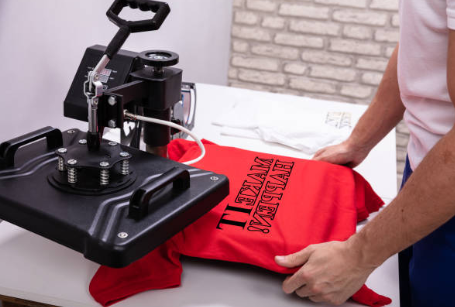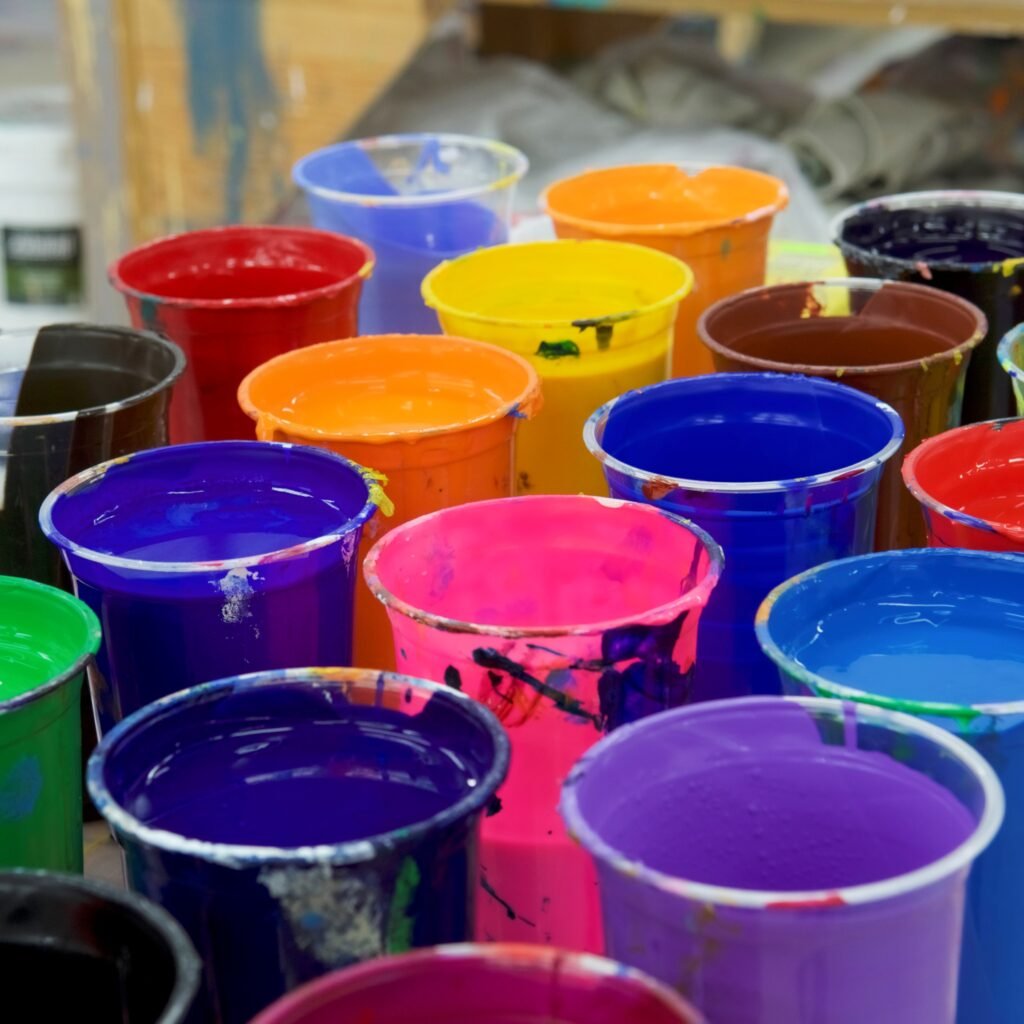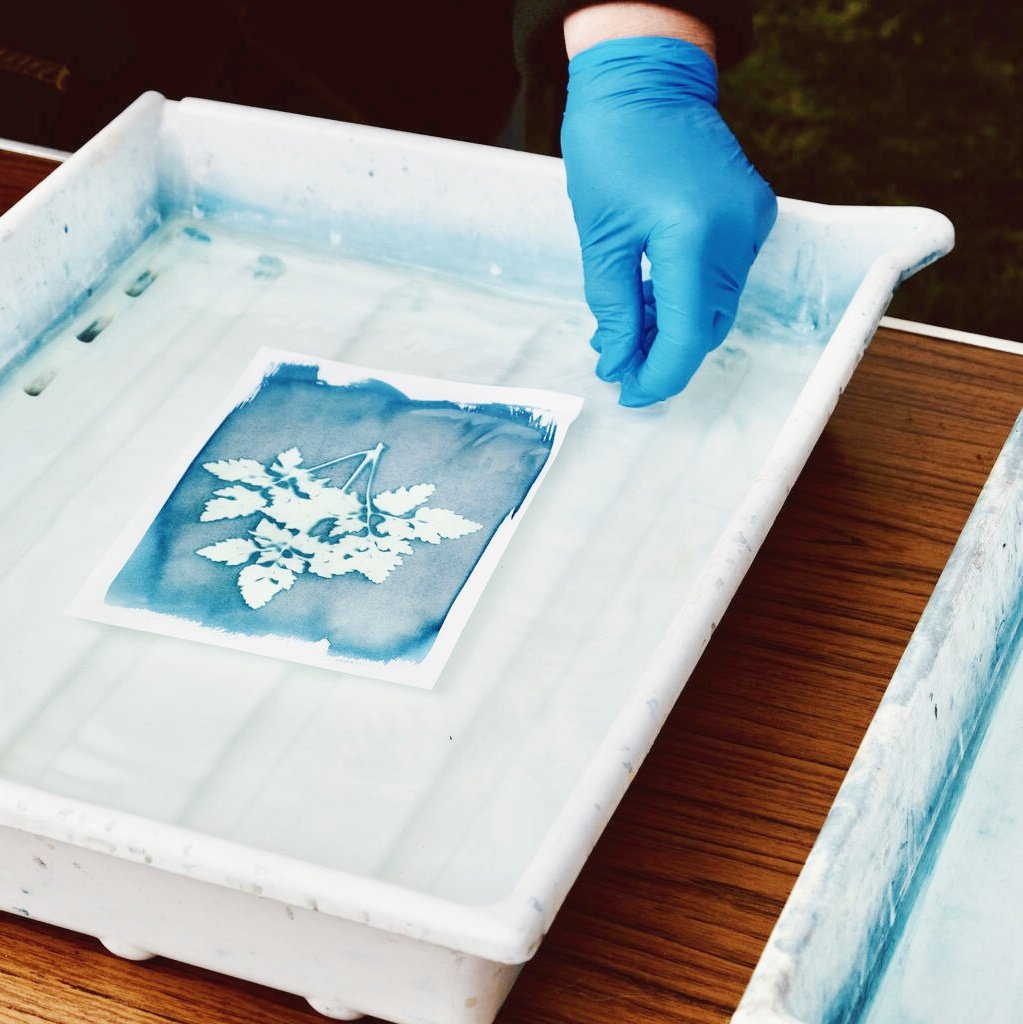Tabla de contenido
Comparación entre serigrafía, DTG y DTF
Meta descripción con enfoque en técnicas de transferencia.¿No sabes cómo imprimir camisetas? Aprende si serigrafía, DTG, o DTF Es lo mejor para usted. Comparamos costo, durabilidad y más, ¡incluso el tipo de emulsión utilizada!
Introducción
¡Elegir la forma correcta de imprimir camisetas puede ahorrar tiempo y dinero!
- La gente quiere saber:
- ¿Cuál es el método? más barato?
- Que dura el más largo?
- Que funciona en diferentes telas?
- Respuesta rápida:
- Serigrafía = Ideal para pedidos grandes con tinta plastisol de alta calidad.
- DTG = Ideal para fotos en camisetas claras.
- DTF = Ideal para tejidos de poliéster o mixtos.
¿Qué es la serigrafía?
La serigrafía utiliza pantallas para colocar tinta en las camisetas.
- Cómo funciona:
- Una pantalla con un diseño retiene la tinta.
- La tinta se empuja a través de la malla hacia la camiseta usando una escobilla de goma.
- Cosas buenas:
- Acérrimo (dura más de 50 lavados).
- Barato para pedidos grandes (como más de 100 camisetas).
- Cosas malas:
- Configuración costosa ($100-$500) para el proceso de transferencia.
- Es difícil hacer gradientes (como las puestas de sol).
- Mejor para:Grandes pedidos de camisetas de algodón con diseños sencillos.

¿Qué es la impresión directa sobre prenda (DTG)?
¡DTG imprime como una impresora de oficina pero en camisetas!
- Cómo funciona:
- Una impresora pulveriza tinta directamente sobre la camiseta.
- Cosas buenas:
- Sin costo de instalación ($0).
- Genial para fotos (como caras o arte).
- Cosas malas:
- Cuesta más por camiseta cuando se usa tinta plastisol. ($8-$15 cada uno).
- No es bueno en camisas oscuras (la tinta se desvanece).
- Mejor para:Pedido pequeño (1-20 camisetas) con arte detallado.
¿Qué es la impresión directa a película (DTF)?
DTF utiliza una película adhesiva y una prensa para agregar diseños a las camisetas.
- Cómo funciona:
- Diseño de impresión en película.
- Pegue la película a la camisa con calor.
- Cosas buenas:
- Funciona en cualquier tejido con malla de malla. (algodón, poliéster).
- Colores brillantes (sin desvanecimiento).
- Cosas malas:
- Se siente rígido Después del lavado.
- Costo moderado ($4-$8 por camisa) cuando se utiliza el método de escobilla de goma.
- Mejor para:Pedidos medianos (20-100 camisetas) en tejidos mixtos mediante método de transferencia.
Serigrafía vs. DTG vs. DTF: El gran enfrentamiento
| Categoría | Serigrafía | DTG | DTF |
|---|---|---|---|
| Costo por 50 camisas | $1.50-$3 cada uno | $8-$15 cada uno | $4-$8 cada uno |
| Durabilidad | más de 50 lavados (mejor) | 20-30 lavados | 30-40 lavados |
| Velocidad | 100 camisetas/hora (rápido para grandes cantidades) | 20 camisas/hora (lento) | 50 camisas/hora (mediano) |
| Tela | Sólo algodón | Algodón pretratado | ¡Cualquier tela! |
| Diseños | Formas simples, texto y técnicas de emulsión. | Fotos, arte | Colores brillantes, sin detalles finos. |
Datos clave:
- Serigrafía Es más barato para pedidos grandes.
- DTG Es mejor para fotos en camisetas claras.
- DTF Funciona en poliéster y algodón.

Ejemplos de la vida real
Estudio de caso 1:500 camisetas de algodón para un evento escolar
- Ganador:Serigrafía.
- Por qué:Guardado 80% vs. DTG.
Estudio de caso 2:10 sudaderas con diseño de atardecer
- Ganador:DTG.
- Por qué:Gradientes impresos perfectamente.
Estudio de caso 3:50 gorras de poliéster para un equipo de fútbol
- Ganador:DTF.
- Por quéSe adhiere al poliéster mejor que la serigrafía.
Respuestas a preguntas frecuentes
1. ¿Qué método dura más tiempo?
- Serigrafía > DTF > DTG.
2. ¿Puede el DTF sustituir a la serigrafía?
- Sí, podemos estampar diseños en diversos materiales., para tejidos mixtos o pedidos medianos.
3. ¿El DTG es ecológico?
- Sí, utiliza tintas a base de agua (menos desperdicio) y plastisol para mayor durabilidad.
Cómo elegir: Lista de verificación sencilla
- ¿Cuantas camisas?
- Pedido grande (>50) → Serigrafía.
- Pedido pequeño (<20) → DTG.
- Pedido mediano (20-100) → DTF.
- ¿Que tela?
- Algodón → Serigrafía o DTG.
- Poliéster → DTF.
- ¿Qué opciones de diseño ofrecen?
- Sencillo → Serigrafía.
- Complejo → DTG o DTF.
Reflexiones finales
Serigrafía, DTG, y DTF Todos tienen ventajas y desventajas. ¡Usa esta guía para elegir el mejor para tu proyecto!
Recordar:
- Grandes pedidos de algodón → Serigrafía.
- Impresiones fotográficas → DTG.
- Tejidos de poliéster/mixtos → DTF.



